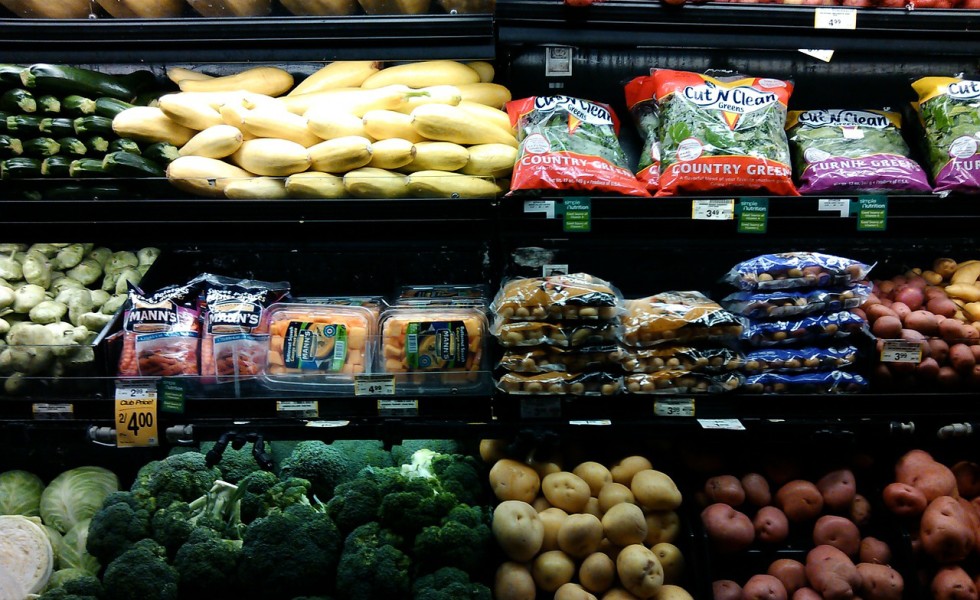How Much Food Assistance is Too Much?
Posted on April 10, 2024

Farm and Food File for the week beginning Sunday, January 7, 2024
At the height of the Christmas giving season, the governors of Iowa and Nebraska, two largely rural, heavily agricultural states, chose to play Grinch by turning down tens of millions of federal food assistance dollars “to help feed children who might otherwise go hungry while school is out” this summer, reported the Associated Press (AP).
Iowa Gov. Kim Reynolds rejected $20 million in federal food aid–or about $40 per month for every low-income child in the state–for the 2024 Summer EBT Program because, she explained, it “does nothing to promote nutrition at a time when childhood obesity has become an epidemic.”
Reynolds didn’t explain how denying food to low-income Iowa school children this summer addresses the childhood obesity “epidemic” she sees in her state.
Likewise, Nebraska Gov. Jim Pillen rejected $18 million in federal money to feed the state’s school children this summer by noting that “COVID-19 is over.” When asked to explain how that altered childhood hunger in Nebraska, Pillen, one of the state’s biggest hog farmers, simply noted: “I don’t believe in welfare.”
In fairness to the tightwad guvs, the money isn’t completely free. According to press reports, each state must pay one-half of the administrative cost to implement summer food aid programs. For Iowa, that cost is an estimated $2.2 million–an amount food aid advocates strongly dispute. For Nebraska, the cost would be “an estimated $300,000.”
That small state cost is a pittance compared to the multimillion-dollar impact the federal program would have on hungry school children, say aid advocates. For example, Iowa noted that “about 240,000 children” qualified for supplement food assistance under the program when it was implemented during the pandemic.
U.S. Department of Agriculture (USDA) confirms the need; one out of every seven children in Iowa lives in what it calls “food insecure households.”
Nebraska’s Pillen defends his flinty actions, the AP noted, by saying the state would “help food-insecure children… at various sites when school is not in session.” But, the AP continued, “not all families have access to on-site programs–particularly in Nebraska’s vast rural stretches, where sites can be many miles away from a struggling family.”
Even as two of America’s largest food-producing states turn down virtually free federal dollars to expand local food aid for children this summer, 31 other states, “six other U.S. territories and Native American tribes,” explains the AP, have “confirmed their participation” in the supplemental program.
Even at that, however, USDA reported in late November that “federal spending (on its) food and nutrition programs totaled $183.0 billion in fiscal year 2022, 6 percent less than fiscal year 2021, adjusted for inflation.”
The dramatic drop was “primarily due to lower spending on Pandemic Electronic Benefit Transfer”–the same program Iowa and Nebraska now choose to limit–“and the expiration of the Farmers to Families Food Box Program,” a Trump Administration aid program implemented during the COVID-19 pandemic.
That program, explained Joseph Glauber, USDA’s former chief economist, in an April 2021 opinion piece in The Hill, a Washington, D.C. policy and politics-focused newspaper, was duplicative, costly, and often ineffective. According to Glauber, the food box program cost taxpayers “$4.5 to $6 billion.”
Moreover, he added, “USDA should be applauded for canceling (the program) and focusing efforts on meeting the food needs of needy families.”
But that’s not what the governors of Iowa and Nebraska are doing. Instead, they are choosing to reject additional federal food assistance for school children for reasons that have more to do with politics than economics or even food.
Jenni Benson, president of the Nebraska State Education Association, asks the right question of Pillen, and by extension, Reynolds: “Why would we even question that people and children deserve food?”
Why, indeed.
© 2024 ag comm
Share This